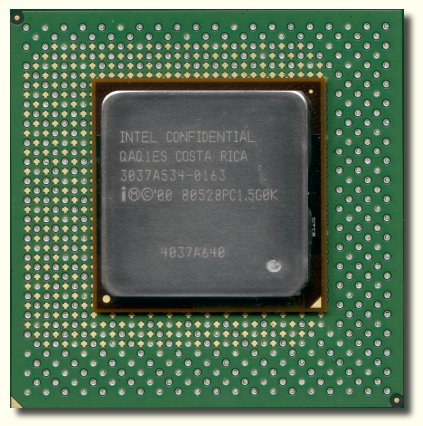
 |

|
| ActiveWin: Reviews | Active Network | New Reviews | Old Reviews | Interviews |Mailing List | Forums |
|
|
|
|
|
DirectX |
|
ActiveMac |
|
Downloads |
|
Forums |
|
Interviews |
|
News |
|
MS Games & Hardware |
|
Reviews |
|
Support Center |
|
Windows 2000 |
|
Windows Me |
|
Windows Server 2003 |
|
Windows Vista |
|
Windows XP |
|
|
|
|
|
|
|
News Centers |
|
Windows/Microsoft |
|
DVD |
|
Apple/Mac |
|
Xbox |
|
News Search |
|
|
|
|
|
|
|
ActiveXBox |
|
Xbox News |
|
Box Shots |
|
Inside The Xbox |
|
Released Titles |
|
Announced Titles |
|
Screenshots/Videos |
|
History Of The Xbox |
|
Links |
|
Forum |
|
FAQ |
|
|
|
|
|
|
|
Windows XP |
|
Introduction |
|
System Requirements |
|
Home Features |
|
Pro Features |
|
Upgrade Checklists |
|
History |
|
FAQ |
|
Links |
|
TopTechTips |
|
|
|
|
|
|
|
FAQ's |
|
Windows Vista |
|
Windows 98/98 SE |
|
Windows 2000 |
|
Windows Me |
|
Windows Server 2002 |
|
Windows "Whistler" XP |
|
Windows CE |
|
Internet Explorer 6 |
|
Internet Explorer 5 |
|
Xbox |
|
Xbox 360 |
|
DirectX |
|
DVD's |
|
|
|
|
|
|
|
TopTechTips |
|
Registry Tips |
|
Windows 95/98 |
|
Windows 2000 |
|
Internet Explorer 5 |
|
Program Tips |
|
Easter Eggs |
|
Hardware |
|
DVD |
|
|
|
|
|
|
|
ActiveDVD |
|
DVD News |
|
DVD Forum |
|
Glossary |
|
Tips |
|
Articles |
|
Reviews |
|
News Archive |
|
Links |
|
Drivers |
|
|
|
|
|
|
|
Latest Reviews |
|
Xbox/Games |
|
Fallout 3 |
|
|
|
Applications |
|
Windows Server 2008 R2 |
|
Windows 7 |
|
|
|
Hardware |
|
iPod Touch 32GB |
|
|
|
|
|
|
|
Latest Interviews |
|
Steve Ballmer |
|
Jim Allchin |
|
|
|
|
|
|
|
Site News/Info |
|
About This Site |
|
Affiliates |
|
Contact Us |
|
Default Home Page |
|
Link To Us |
|
Links |
|
News Archive |
|
Site Search |
|
Awards |
|
|
|
|
|
|
|
Credits |

Product:
Pentium 4 1.5GHz
Company: Intel
Website: http://www.intel.com
Estimated Street Price: $848.00
Review By:
Julien JAY
New SSE2 Instruction Set
|
Table Of Contents |
| Review Quotes | ||||
| "Just like the MMX the SSE 2 set of instructions is no use if you donít have compliant applications that take benefit from it" | ||||
Intel introduced the MMX (MMX
for MultiMedia eXtensions) instruction set back in 1996: this was the
first instruction addition to the x86 architecture since the i386 was
released. Remember, the MMX instruction set was full of multimedia
dedicated features that were here to accelerate applications which used
them. MMX applications came a bit later on the market but most users
enjoyed MMX benefits especially in games since game developers adopted
them quickly. More recently Intel added SSE (Streaming SIMD Extension) to
its
CPU Design
Intel Pentium 4 1.4 GHz and 1.5 GHz are both
engraved using 0.18Ķ technology and comes with 42 million transistors (in
comparison an Athlon uses 37 million transistors). Pentium 4 chips are now
presented as a 423 pins (53 gold pegs more than on the Pentium III) CPU
chip since Intel decided to abandon the proprietary Slot 1 connector
introduced by the Pentium II. The Pentium 4 1.5 GHz uses a 1.7 volt
alimentation. Much bigger than the

Intel Pentium 4 processor
| <-- CPU Architecture |
